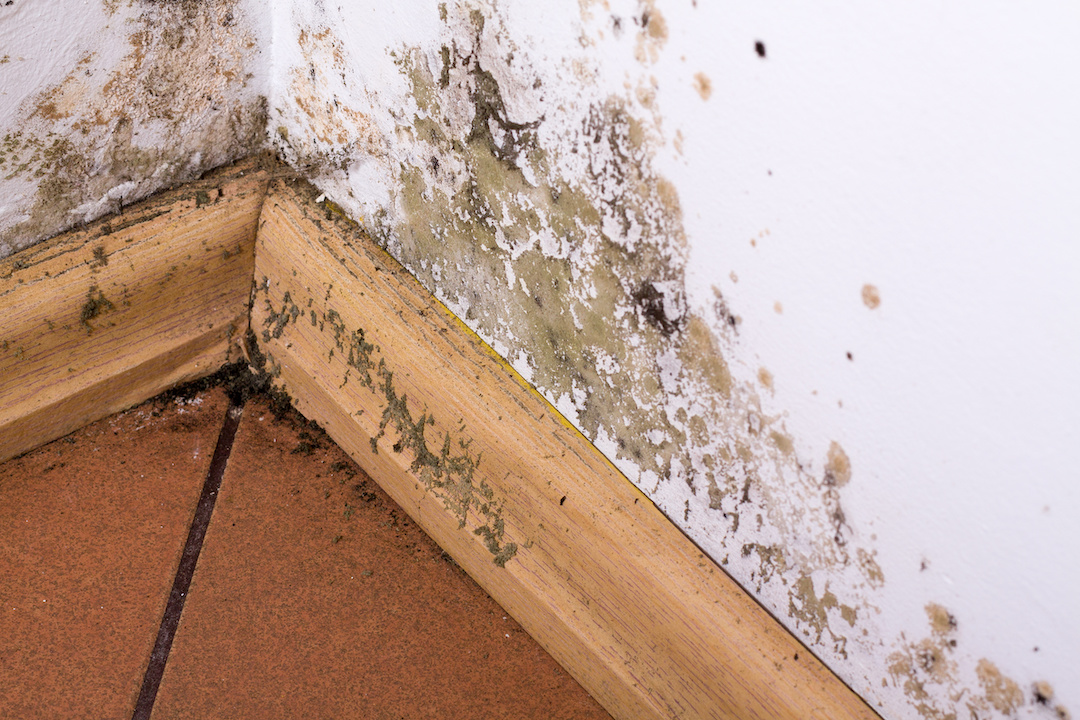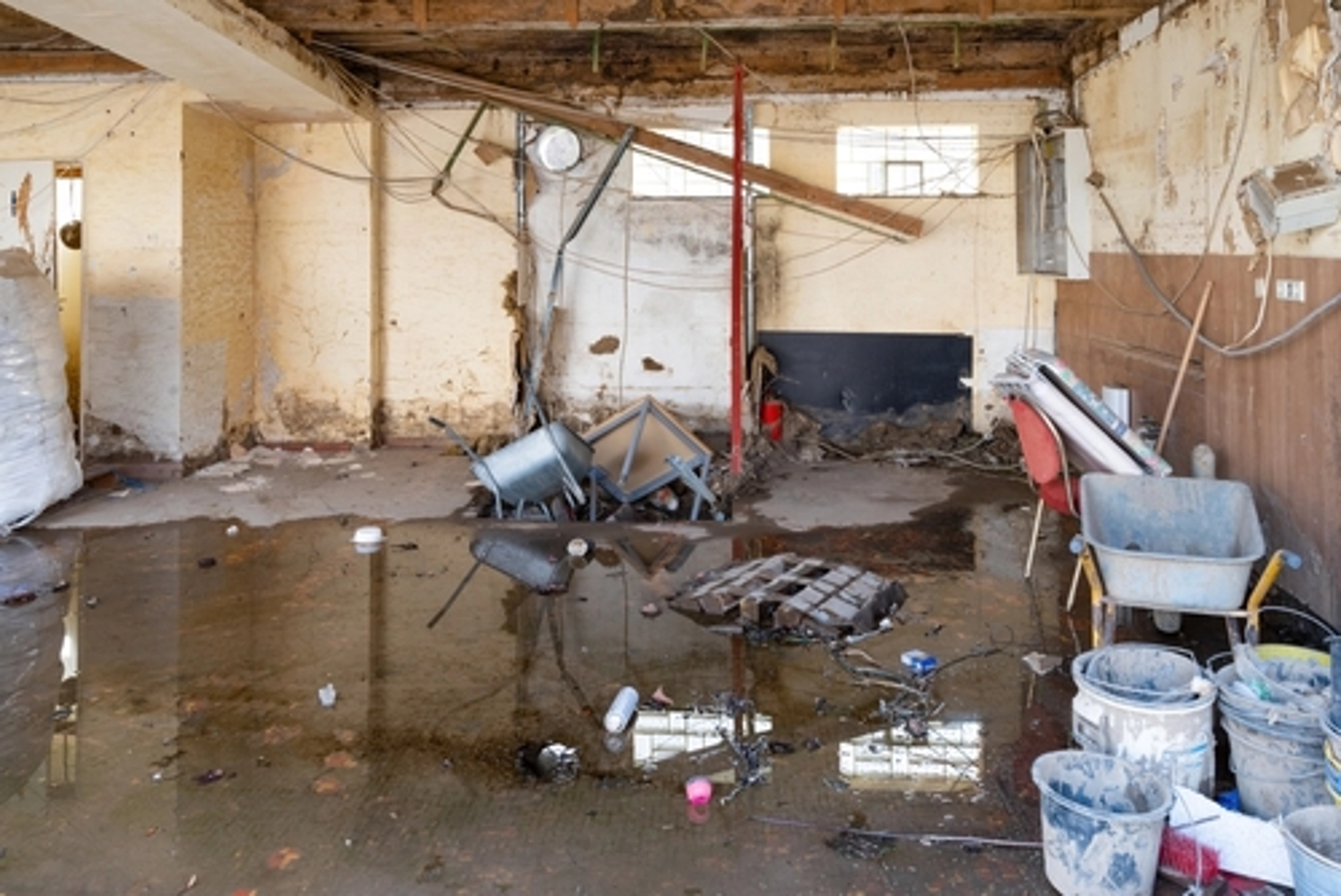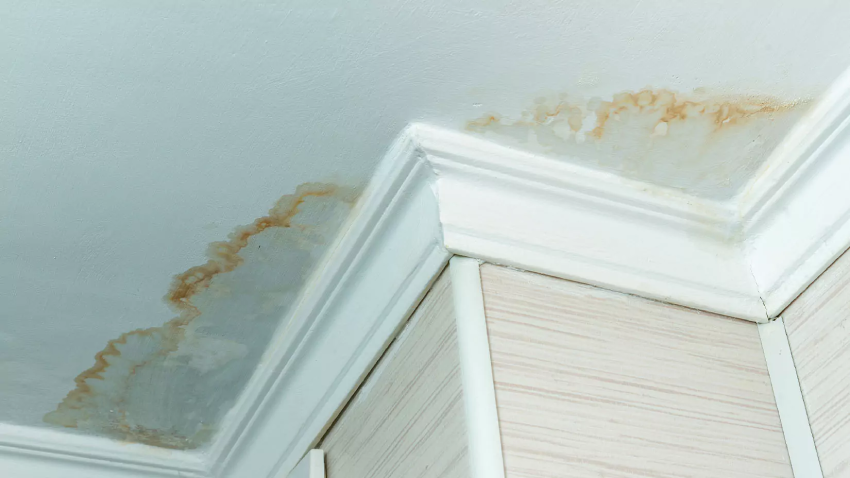The Refine of Water Damage Cleaning: Ensuring Your Home Is Recovered Effectively
Water damage can be a challenging obstacle for homeowners, requiring a organized and careful cleaning process to restore safety and capability. Originally, a detailed assessment is crucial to recognize the extent of the damages and figure out the suitable remediation steps. Following this, effective water extraction techniques play a critical function in alleviating additional harm. Nevertheless, the nuances of drying out, disinfecting, and eventual restoration are similarly crucial and usually ignored. Recognizing these stages can make a substantial distinction in the result of your home's repair, triggering a closer check out what each action entails.
Evaluating the Damage
Upon uncovering water damages, the very first step is to thoroughly assess the level of the influence. This preliminary assessment is essential, as it assists determine the needed steps for efficient clean-up and repair. Begin by evaluating the affected areas, including wall surfaces, ceilings, floorings, and individual valuables, to identify the resource of the water breach, whether from flooding, leakages, or condensation.
Recording the damage is essential for both insurance policy claims and planning repair efforts - damage restoration services. Usage pictures and created notes to record the intensity of the damage, keeping in mind any affected structural elements and products. Pay unique focus to areas that might not be promptly noticeable, such as behind wall surfaces and under carpets, as concealed wetness can bring about further issues, including mold development
Additionally, analyze the timeline of the water exposure. The longer the materials continue to be wet, the greater the possibility for damage. Understanding the period of direct exposure will certainly notify the seriousness of removal efforts. Inevitably, a detailed analysis prepares for a successful water damage cleaning process, ensuring that all influenced areas are attended to efficiently and thoroughly.
Water Removal Strategies

Experts usually employ completely submersible pumps for larger quantities of water, which can rapidly reduce flooding in basements or other influenced areas. For smaller sized amounts, wet/dry vacuums are usually utilized to draw out recurring wetness from carpetings and difficult surface areas. Additionally, using portable extractors allows for targeted elimination in confined areas or locations with fragile products.
In circumstances of infected water, such as sewer or floodwater, progressed removal strategies might include the usage of biohazard equipment to ensure safety and security and compliance with wellness policies. High-powered removal devices are vital in reducing water retention in architectural products, which can bring about mold and mildew growth and structural wear and tear if not attended to immediately.
Eventually, the performance of water extraction techniques plays a crucial duty in the overall success of the water damages cleaning procedure, preparing for succeeding restoration efforts.
Drying and Dehumidification
When standing water has actually been successfully removed, the next vital phase in the water damages clean-up process is drying and dehumidification. This step is necessary to prevent further damage and mold and mildew development, which can occur within 24 to two days in wet settings.
To accomplish effective drying out, specific devices such as industrial-grade air moving companies and dehumidifiers is employed. Air movers distribute air throughout damp surface areas, improving evaporation prices, while dehumidifiers minimize humidity levels airborne, promoting a conducive setting for drying. The combination of these tools makes sure that moisture is extracted from wall surfaces, home furnishings, and floors, permitting them to dry thoroughly.
It is very important to keep an eye on the drying process very closely. Specialists commonly make use of moisture meters to evaluate the moisture content in numerous products, guaranteeing that all impacted areas get to appropriate dry skin degrees. This careful strategy aids to avoid concealed moisture pockets that could bring about structural damage or harmful mold development.

Cleaning and Disinfecting
After the drying out and dehumidification stage is complete, the next vital action in water damage cleanup is cleansing and disinfecting the influenced locations. This procedure is essential to stop the growth of mold and mildew, microorganisms, and other pathogens that thrive in damp atmospheres.
The cleaning stage typically includes removing any kind of particles, dust, and impurities from surface areas making use of specialized cleansing representatives. For tough surface areas, a combination of soap and water or industrial cleansing products is frequently utilized. Soft materials, such as furniture and carpetings, may need much more extensive cleansing techniques, including steam cleansing or deep removal strategies, to make certain extensive sanitation.

Sanitizing adheres to cleaning, utilizing EPA-approved disinfectants to get rid of unsafe microbes. This action is important, specifically in locations that might have entered into contact with floodwaters or sewage, as these sources can present significant health and wellness risks.
Additionally, it is essential to address any type of continuing to be odors, which might require the use of odor neutralizers or sophisticated methods like ozone treatment. Correct cleaning and disinfecting not just recover the safety and security and hygiene of your home however additionally lay the groundwork for successful restoration and repair work in subsequent phases of the water damages cleaning procedure.
Repair and Repairs

Once the analysis is total, restoration efforts can begin. In addition, floor covering may call for comparable attention, depending on the degree of water exposure.
It is crucial to engage knowledgeable repair experts throughout this process, as they have the official website expertise to handle complicated fixings effectively. They can aid alleviate potential future concerns, such as mold development or structural instability, therefore guaranteeing a habitable and secure living environment. Ultimately, efficient repair and repair work recover the home's integrity and enhance its general worth.
Verdict
Finally, the process of water damages cleaning is crucial for bring back a home to its pre-damage problem. Each phase, from assessing the damages to carrying out reliable water extraction strategies, adhered to by comprehensive drying out, sterilizing, and essential repairs, plays a vital role in ensuring safety and compliance with structure criteria. Efficient implementation of these actions not just minimizes prompt damages but also boosts the long-lasting stability and worth of the home.
Water damage can be a complicated obstacle for home owners, requiring a precise and organized cleaning process to recover safety and functionality. Look At This Eventually, an extensive assessment lays the foundation for a successful water damage cleaning procedure, guaranteeing that all affected areas are resolved efficiently and thoroughly.
Reliable water extraction methods are necessary in mitigating damages and preventing more difficulties following a water invasion event.In final thought, the procedure of water damage cleaning is important for bring back a home to its pre-damage problem. Each stage, from evaluating the damage to implementing reliable water extraction methods, adhered to by complete drying out, sanitizing, and necessary fixings, plays a vital duty in making sure security and conformity with building criteria.